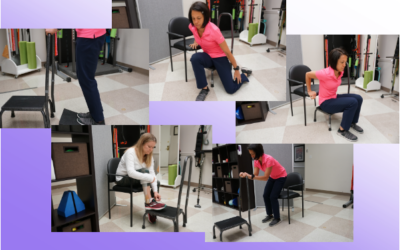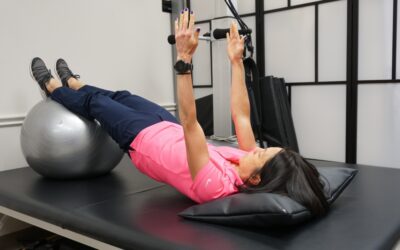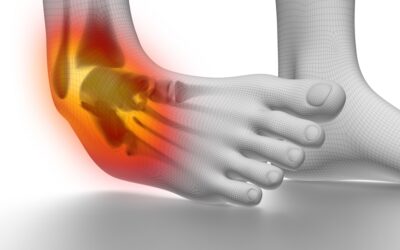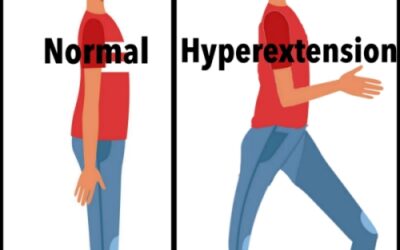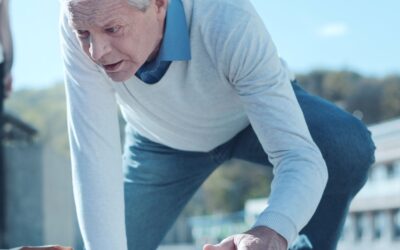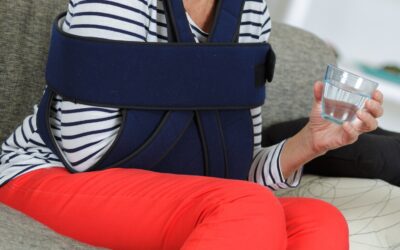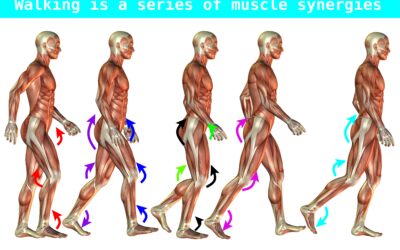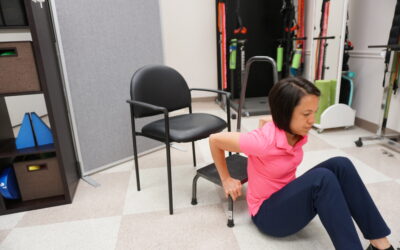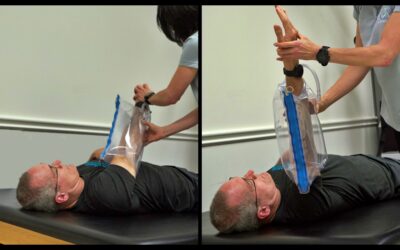How Can You Tell If It’s Spasticity or Weakness After Stroke?
If you’ve had a stroke, you’ve probably heard a few of these words tossed around: spasticity, weakness, stiffness, foot drop. They might all sound similar, but they each tell a different story about what’s going on in your muscles and your brain.
Knowing the difference isn’t just medical jargon, it’s the key to picking the right exercises, making faster progress, and feeling more in control of your recovery.
1. Spasticity: When the Muscle Contracts Without Your Permission
Spasticity is an involuntary muscle contraction caused by damage to the brain or spinal cord.
It’s what we call velocity-dependent, meaning the faster you try to move a muscle, the stronger the resistance you feel.
So what does that feel like?
Maybe your arm suddenly tightens when you try to move it fast, or your ankle resists when you try to lift your foot. Sometimes it feels fine, and other times, it stiffens up for no reason.
Inside your body, this happens because there’s too much voltage. Too many signals telling your muscles to contract, and not enough signals telling them to relax.
Terms in Physical Therapy to Describe Movement
Understanding the language your therapist uses can help you better recognize what’s happening in your body. Here are a few key terms:
-
Clonus: a set of involuntary and rhythmic muscular contractions and relaxations. It’s often a sign of certain neurologic conditions involving the brain or spinal cord, particularly those that affect motor pathways. It can cause the foot to point downward repeatedly or “bounce.”
-
Toes curling: when the toes involuntarily bend or point downward due to increased muscle tone.
-
Ballistic movements / jerky movements: sudden, uncontrolled muscle contractions where the muscle either fires fully or not at all, no smooth in-between control.
Common signs of spasticity include:
- Scissoring or leg swinging when walking
A spastic muscle isn’t a strong muscle. It’s overactive and uncoordinated, which can make movement feel out of your control.
How to Help Spastic Muscles Relax
Managing spasticity is all about turning the voltage down and calming the nervous system. Here’s how you can help that process:
- Low-stimulation environment: Try doing your therapy or stretching somewhere quiet and calm. Too much stimulation can make spasticity worse.
- Inhibition strategies: Focus on relaxation exercises like deep breathing, slow movements, and gentle holds.
- Move and stretch slowly: Fast stretches increase resistance; slow ones promote relaxation.
- Weight-bearing: Standing stretches or gentle pressure through the affected limb help calm muscle overactivity.
- Sensory input: Tools like a vibration plate or a massage gun can help reduce spasticity.
Important: If you’re using an AFO (ankle-foot orthosis) talk with your medical provider or therapist to make sure it fits your needs safely.
2. Weakness (Hemiparesis): When the Brain Loses Its Connection
Weakness after a stroke or what therapists call hemiparesis, feels more like a floppy limb.
Your arm or leg may just hang there, or your foot might dangle and drag when you walk.
This isn’t just a muscle problem. It’s a neural network issue. Your brain has lost some of the automatic pathways that control movement.
The good news? Those pathways can be rebuilt through repetition.
Every time you move that limb with focus and intention, you’re helping your brain lay down new “tracks.”
Rebuilding movement takes patience, but it’s absolutely possible. Even slow progress means your brain is reconnecting.
3. Stiffness: When Muscles Shorten Over Time
Stiffness is different from spasticity. It’s not caused by the brain sending too much signal, it’s a muscle issue that develops from staying in one position for too long.
When a muscle isn’t stretched enough, it adaptively shortens. You might notice your arm doesn’t straighten all the way or your ankle feels tight.
To improve stiffness:
- Use prolonged stretching. Gentle, consistent holds that encourage the muscle to lengthen.
- Consider splinting or braces to support proper positioning.
- For the ankle, an AFO with a plantar flexion stop can prevent contractures and keep the foot from pointing down.
- If you already have a contracture, your therapist may use a wedge under the AFO to safely support your foot position. Always check with your clinician before making adjustments.
Putting It All Together
Let’s recap:
- Spasticity – This happens when your muscles are overactive, sending too much “voltage.” The focus here is on relaxation: slow, controlled movements and calming your nervous system can help manage it.
- Weakness (Hemiparesis) – This occurs when neural connections are lost, making movement difficult. Retraining the brain with repetition and focused practice is key to rebuilding strength and coordination.
- Stiffness – Muscles that have shortened due to immobility can feel tight all the time. Gentle, prolonged stretching along with proper support, like splints or braces, can help restore mobility.
You might have one, or you might have a mix of all three, and that’s okay. The important thing is knowing why something feels the way it does so you can choose the best exercises for your body.
If you’re still unsure whether what you’re feeling is spasticity, weakness, or stiffness, don’t guess alone. Talk with your physical or occupational therapist. Understanding what’s going on in your body is the first step to making real, lasting progress.
And remember, recovery is not about being perfect. It’s about being consistent, curious, and patient with yourself. Every stretch, every repetition, every effort you make brings your brain and body closer to working together again.
Take Control of Your Rehab
Understanding these differences is the first step toward effective recovery. If you want guided support, personalized exercises, and a community to keep you motivated, check out our Membership Plans here. Get access to our full exercise library, monthly Q&As, and tools to help you move better and feel stronger every day.
Supplemental Videos
Articles you may be interested in
Sunshine
Sunshine Can you see it? You know, that ball of fire in the sky that rises in the morning and goes to sleep at night? Ok, maybe not literally. I mean, they do tell us not to look directly at that thing. However, figuratively speaking, are you someone who is finding...
Product Spotlight: A step stool with handle
A step stool with a handle is one of the most seems like an odd piece of "rehab equipment", however, it is truly "worth its weight in gold". It is probably the one itemI can honestly say I use multiple times a day in my clinic. And, rarely as an actual step stool....
Gym Ball Exercise Routine for Better Balance
A Gym ball exercise routine is a great way to improve your balance. If provided with the correct exercises, they can challenge almost every "problem area" for a stroke survivor. The main areas that are problematic after a stroke are steadiness, symmetry, and dynamic...
Spastic ankle guide to stretching
Stretching a spastic ankle is critical to improve standing and walking. However, stretching a spastic ankle can also be extremely challenging. Add to that, NOT stretching a spastic ankle and you are at risk for making it worse. Ugh..... All that being said, never...
Knee Hyperextension after a Stroke: Causes and Treatment
What is Knee Hyperextension after a Stroke? Knee hyperextension is a common problem after a stroke. Knee hyperextension is when the knee goes beyond a straight position. Yeah, not exactly natural looking or feeling. ? Knee hyperextension (recurvatum) usually happens...
Balance Problems After a Stroke
Balance is an even distribution of weight within a base to maintain an upright position. Balance problems are very common after a stroke. Balance is a critical part of almost all of our daily activities. Lack of balance confidence can elicit fear and anxiety. More...
Does Constraint Induced Movement Therapy Improve Arm Recovery?
Hemiplegia (weakness on one side of the body) can be a huge cause of disability following a stroke. This can make activities such as grasping, reaching, and manipulating objects difficult, if not impossible. Constraint Induced Movement Therapy has been well...
What is a muscle synergy?
In the world of neurologic movement disorders, we talk a lot about "abnormal synergy patterns". And they kind of "get a bad rap" in how they can inhibit motor (movement) recovery. But functional muscle synergies are not necessarily a bad thing. Here we are going to...
Getting up after a fall
Falling can be a scary thing. Getting up from the floor after a fall is the number one most important skill to learn. Safety Warning: Check in with your body before moving It is important to note, you should only attempt to get up if you are not injured for...
Product Spotlight: Stroke Arm Exercise for Spasticity
Spasticity and abnormal movement patterns can make it difficult to perform stroke arm exercise. The Urias air splint can be an invaluable tool to minimize involuntary arm contractions, reduce pain, prevent contractures, and make it one thousand times easier to manage...


